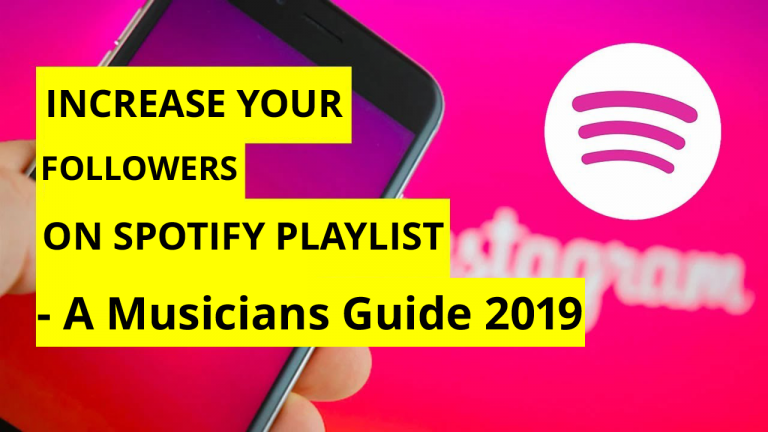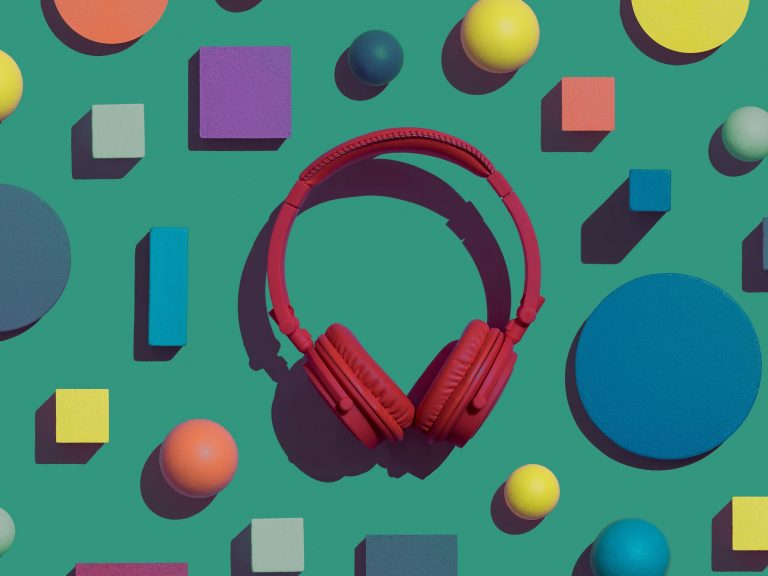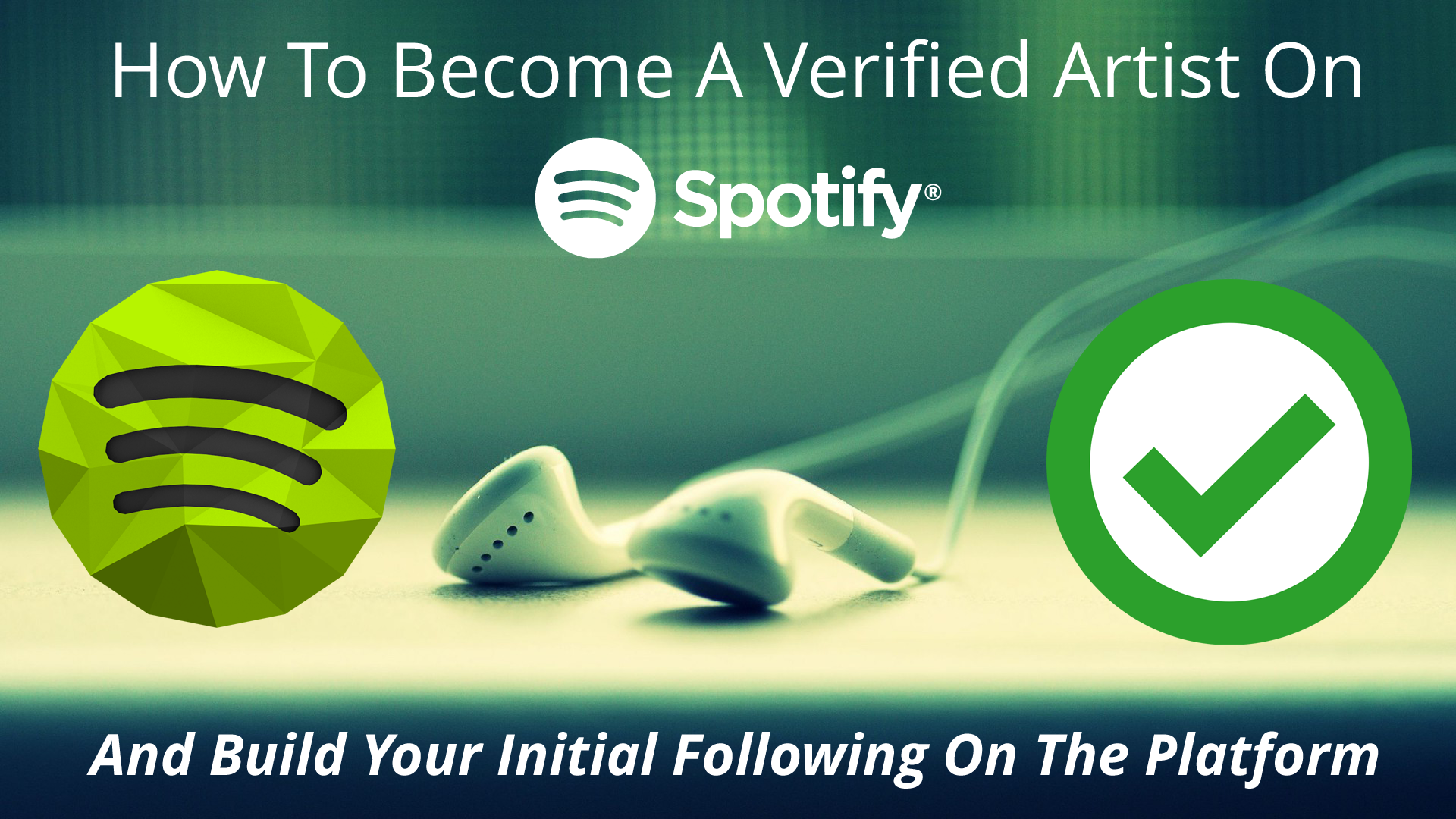
[Infographic]How to become a verified artist on Spotify and build your initial following on the platform (it’s so simple!)
Spotify artist verification is important for a few reasons. Perhaps the most important has to do with playlisting. It’s possible, of course, to get your music onto playlists without being a verified artist on Spotify, but verification can really help you in your efforts to be taken seriously on the platform, get the attention of Spotify’s algorithm, and also get noticed by Spotify playlist curators.
1. Set a goal

How many followers do you think you can realistically get on Spotify in a short period of time? What’s your timeline for acquiring those followers? Two weeks? Three months? It’ll be different for every artist, but it’s worth setting a goal for yourself so you’ll know how and when to focus your promotion energies on building that Spotify following, as opposed to any of the other messaging that you need to send about tours, videos, or other platforms. You don’t want different messages competing for your fans’ attention, so setting a goal can help you prioritize.
2. Understand Your Listeners’ Wants and Needs
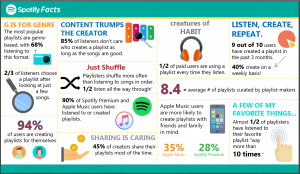
Even if your main forte is song creation, Spotify playlists give you the opportunity to think entrepreneurially about your target audience. You’re entering a zone in which the better you promote your art, the more success you’ll see. Therefore, you must put yourself in your fans’ shoes and think about their main desires and interests. First, define your target audience. Who are they? If you think they’ll like your music, what else will they like? What other genres do you like, even though you don’t make that type of music?
3. Advertise it to your personal network




In the same way social media users increase their followers on Facebook, Instagram and Twitter, aim to get your playlist popular amongst Spotify users.
A quick way to do this is to use simple promotional tools like sponsored posts to reach out to your social media network. Your playlist could also be advertised personally. Contact your local venues, bars, independent shops and cafés and ask them to shuffle it.
4. Get Your Music Everywhere Else, Too
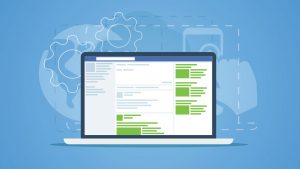
Spotify may be the biggest music streaming service, but that doesn’t mean it’s the only place to focus on. Many experts agree that the key to getting heard these days is to spread one’s music as far and wide as possible. That includes free services like SoundCloud and YouTube (which are easily embedded by music writers, should you be so fortunate). But it also includes having a meaningful social presence on platforms like Facebook and Instagram, releasing music videos, considering licensing music for TV and games (“sync” in industry parlance) and, above all else, regularly playing live in the real world.
The internet may open up new doors to exposure and help level the playing field for musicians, but nothing can replace the value (and admittedly hard work) of lugging gear around and making an in-person, musical connection with actual people with actual ears. The more places one can reasonably and appropriately get their music playing, both online and off, the more potential opportunities they’ll have with the people most likely to give a damn.
5. Collaborate with other playlist curators

Collaborate with popular playlist-makers such as Filtr, Indiemono, Streaming Promotions and Playlist Pump.
Create a playlist that’s mutually beneficial; with the help of these platforms, it could rank highly on Spotify searches. Send in a proposition along with your playlist idea via email or through the websites. Remember to advertise yourself as a curator who can work professionally and within a deadline.
6. Keep creating new playlists
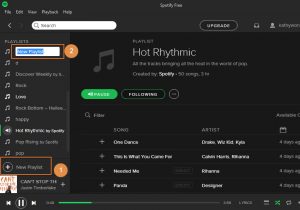
Why stop there? Create more playlists! Consider mood and genre, which artists are popular and most importantly, your own tastes. Put together music you’re proud to promote and you’re currently excited about.
Although you may be curating playlists with music created by other artists, there are lots of ways to keep it original. Try to create your own unique themes and set yourself apart from other Spotify playlist-makers.
7. Dig Into Data With Spotify For Artists
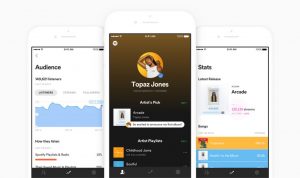
Last month, Spotify opened up Spotify for Artists, a listener analytics dashboard, to all artists. This panel breaks down things like demographic info, where listeners live, how many listeners an artist has, and which playlists are driving new listeners. These numbers obviously won’t be huge for newer artists, but it’s useful to keep an eye on these metrics. Is your audience growing? Did a Spotify playlist give you a spike in new listeners? Which playlist? Maybe there’s a huge surge in streaming coming from Norway. What’s up with that?
Spotify’s analytics have been used by artists big and small to help inform decisions like how to plan their tours and which songs to include on their live set list. Keeping an eye on this dashboard will give musicians an up-to-date picture of what their audience looks like on Spotify.

